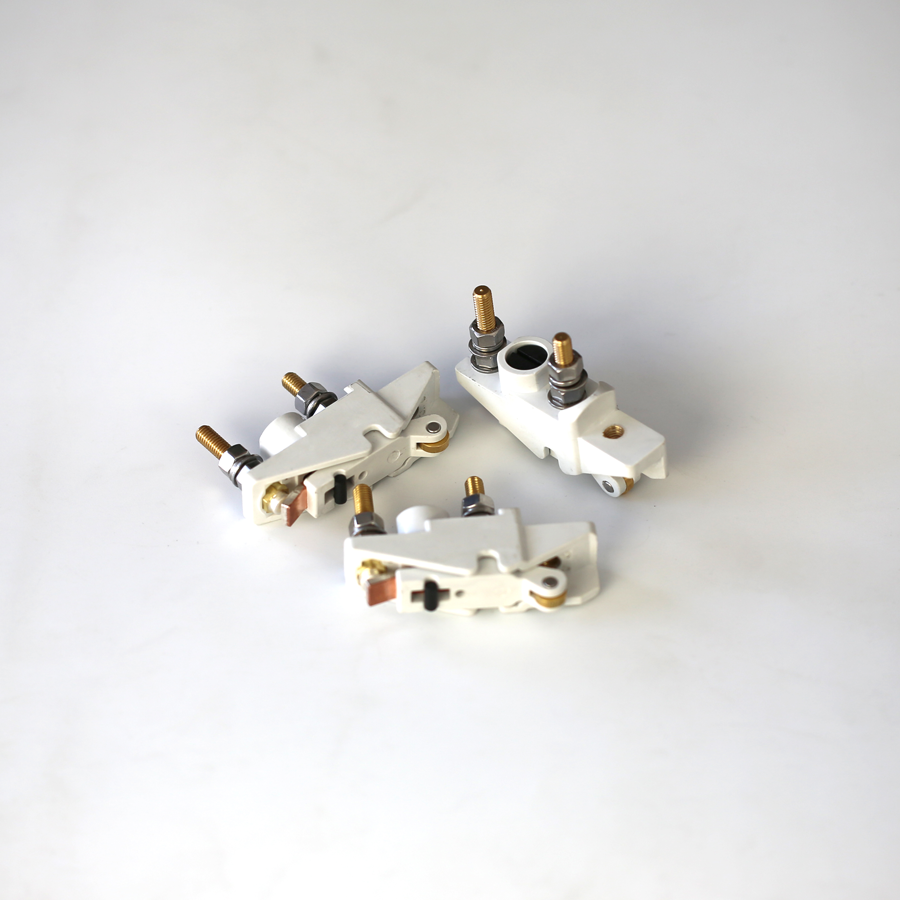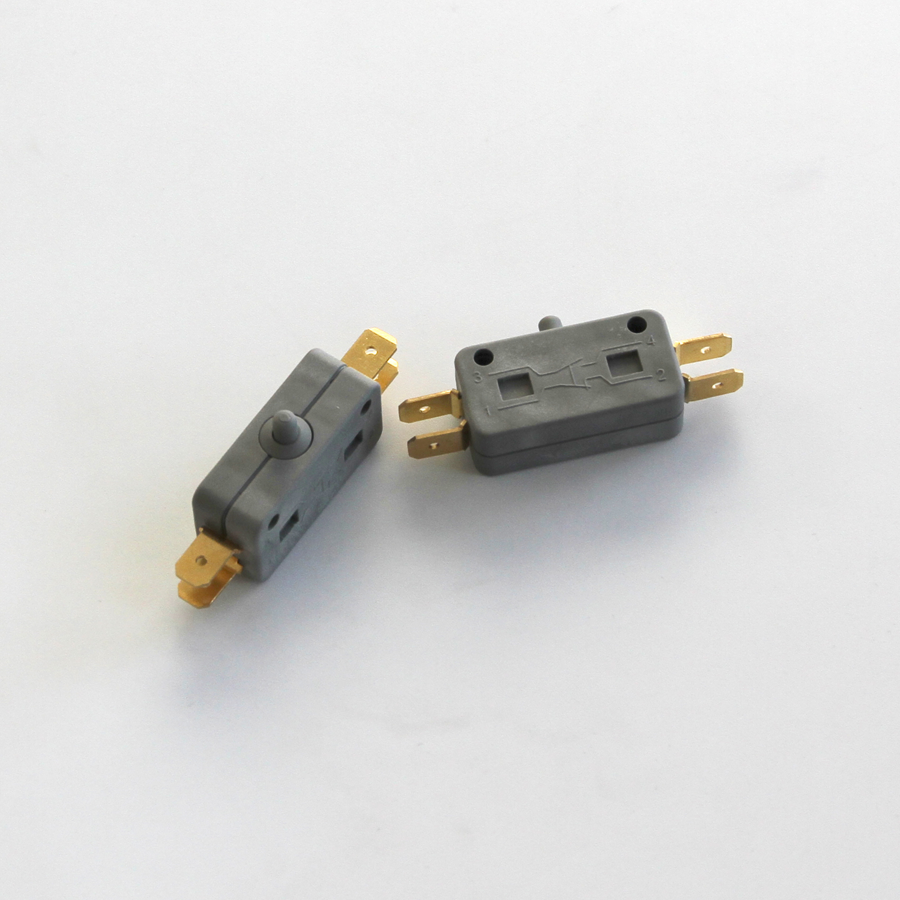

Recreating the Art of Electrical Connections - A Journey of Discovery to Solve Poor Contacts in Microswitches
Release time:2024-02-28
Tiny microswitches play an indispensable role in the delicate weave of modern technology. Though small, they carry the important mission of controlling electric current. However, just as the most sophisticated machinery sometimes suffers from malfunctions, the problem of poor contact of microswitches occasionally breaks this harmony. How do we cope with such a challenge?
First, we need to understand the source of the problem. Poor contact in a microswitch can be caused by oxidation, contamination or mechanical wear. These factors can cause an isolation layer to form between the switch's metal contacts, impeding the flow of current. Therefore, our repair strategy will center around these possible causes.

Step 1: Clean the contact points
Gently rubbing the contact points with an electronic cleaner or an eraser will remove the surface oxidation and dirt. This step is simple, yet effective, and often restores the switch's functionality.
Step 2: Adjust the switch position
If the poor contact is due to an offset switch position, try gently bending the switch to return it to the correct position. This requires some skill and excessive force may damage the switch.
Step 3: Replace the microswitch
If none of the above methods solve the problem, then the microswitch may need to be replaced. This is usually a last resort, but it is also the most effective solution. When replacing, make sure you choose a new switch that matches the original specifications.
It is important to remain patient and meticulous when performing these steps. Every minor adjustment can have a significant impact on the switch's performance. In addition, safety is always a primary concern. Be sure to disconnect the power supply before performing any repair work to avoid the risk of electric shock.
The process of fixing a microswitch with poor contact is like a microcosmic adventure. Each successful repair is a deepening of technical understanding and an exercise in detail control. In this process, we are not only repairing a switch, but also maintaining our persistent pursuit of perfect working order.

Eventually, when we press the repaired microswitch and feel the crisp response sound, we know that our efforts have been rewarded. This sense of achievement, like the feeling of a writer after completing a mature and infectious work, is the best proof of technical mastery and perseverance.
The problem of poor contact of microswitch, though seemingly trivial, tested our patience and skills. Through meticulous investigation and skillful repair, we not only solved a small problem, but also maintained the harmonious operation of the whole electronic equipment world. In this challenging journey, every successful repair is a triumph of knowledge, respect for details, and love of technology.
First, we need to understand the source of the problem. Poor contact in a microswitch can be caused by oxidation, contamination or mechanical wear. These factors can cause an isolation layer to form between the switch's metal contacts, impeding the flow of current. Therefore, our repair strategy will center around these possible causes.

Step 1: Clean the contact points
Gently rubbing the contact points with an electronic cleaner or an eraser will remove the surface oxidation and dirt. This step is simple, yet effective, and often restores the switch's functionality.
Step 2: Adjust the switch position
If the poor contact is due to an offset switch position, try gently bending the switch to return it to the correct position. This requires some skill and excessive force may damage the switch.
Step 3: Replace the microswitch
If none of the above methods solve the problem, then the microswitch may need to be replaced. This is usually a last resort, but it is also the most effective solution. When replacing, make sure you choose a new switch that matches the original specifications.
It is important to remain patient and meticulous when performing these steps. Every minor adjustment can have a significant impact on the switch's performance. In addition, safety is always a primary concern. Be sure to disconnect the power supply before performing any repair work to avoid the risk of electric shock.
The process of fixing a microswitch with poor contact is like a microcosmic adventure. Each successful repair is a deepening of technical understanding and an exercise in detail control. In this process, we are not only repairing a switch, but also maintaining our persistent pursuit of perfect working order.

Eventually, when we press the repaired microswitch and feel the crisp response sound, we know that our efforts have been rewarded. This sense of achievement, like the feeling of a writer after completing a mature and infectious work, is the best proof of technical mastery and perseverance.
The problem of poor contact of microswitch, though seemingly trivial, tested our patience and skills. Through meticulous investigation and skillful repair, we not only solved a small problem, but also maintained the harmonious operation of the whole electronic equipment world. In this challenging journey, every successful repair is a triumph of knowledge, respect for details, and love of technology.
